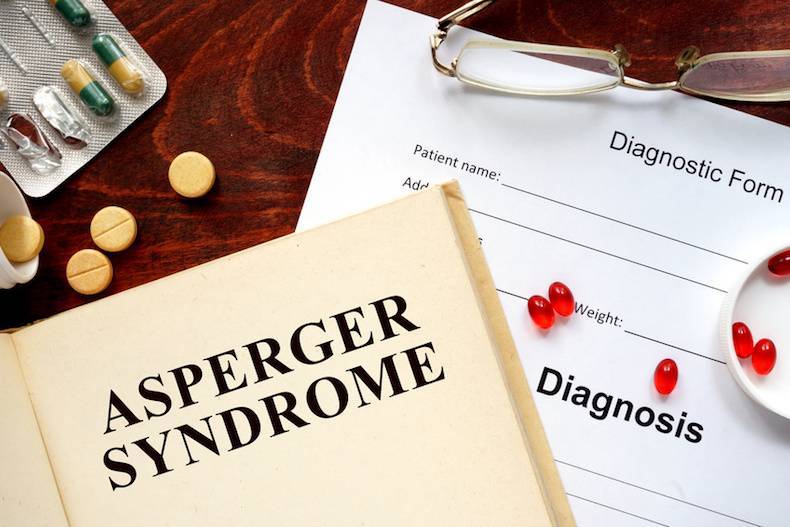
When the Fifth Edition of the Diagnostic and Statistical Manual of Mental Disorders (DSM-5) was released at the American Psychiatric Association’s Annual meeting in May, 2013 the condition, Asperger’s Syndrome, was nowhere to be found.
What happened? First, you should know that the DSM-5 standardizes psychiatric diagnoses. It is recognized as the official diagnostic system for mental disorders in the United States. The absence of Aspergers in the DSM-5 means that it is no longer considered a distinct, identifiable mental condition by therapists, researchers, insurance companies, the legal system and policy makers.
What happened is that leading authorities on mental disorders, drawing on research data, public commentary, and expert opinions concluded that, Asperger’s Syndrome, rather than existing as a different, unique condition is instead part of a larger, systematic condition known as Autism Spectrum Disorder (ASD).
Before the DSM-5, Asperger’s Syndrome was thought to be related to Autism with one distinction. Whereas both conditions involved problems in social communication and unusual, repetitive behaviors (for example, hand flapping, spinning coins, lining up toys, repeating words, extreme distress at changes in routines), people with Aspergers, unlike those with Autism, had normal language capability.
While Autism invariably caused “delay in, or total lack of, the development of spoken language (not accompanied by an attempt to compensate through alternative modes of communication such as gesture or mime.” (DSM-IV) Aspergers Syndrome involved all the complications of Autism except for this one area of language development.
The DSM-5 now recognizes Autism as a condition in which there is a wide range of behaviors arising from two types of impairments. The way Autism appears varies greatly depending on the severity of the autistic condition, the age and the stage of development of the person. Hence, the reference to spectrum in Autism Spectrum Disorder.
Autism Spectrum Disorder encompasses disorders previously thought to be distinct conditions, such as childhood autism, high-functioning autism, pervasive developmental disorder and Asperger’s Syndrome.
What exactly are the two types of impairment that define ASD?
Social Communication and Social Interaction
People with ASD tend not to engage in the type or range of interactions that characterize typical social involvement. Normal back-and-forth conversations are less common, sharing of interests and feelings is less frequent, and initiating or responding to social interactions is greatly reduced. Poor eye contact, body language and gestures that express disinterest and lack of facial expressions are customary.
Developing, maintaining and understanding relationships are hard for people with ASD. Children with ASD have difficulty sharing and engaging in imaginative play. An absence of interest in peers is often present.
Restricted, Repetitive Behavior
ASD is also characterized by a narrow and repetitive range of behavior, interests or activities, such as:
- Repetitive movements, use of objects or speech. Examples of this are aimlessly roaming around the room without any obvious function to the movement, jumping in place, saying the same word over and over, and using words that have no known meaning.
- Insisting on routines, sameness, or repetitive patterns of verbal or nonverbal behavior. A person with ASD may be extremely distressed at small changes or transitions, have rigid thinking patterns, and need to take the same route or eat the same food every day.
- Strong attachments to or preoccupations with unusual objects, for example, Children with ASD may be only interested in a certain toy when others are available, be willing to drink only from a specific cup, be greatly upset if furniture in the house is rearranged, be unwilling to wear new clothes or refuse to take a new, unfamiliar route to school.
- Oversensitivity or lack of sensitivity to sensations. Examples include fascination with lights or movement, difficulty with certain sounds, adverse reactions to certain textures, excessive smelling or touching of objects.
While these two main types of impairment must be present, a diagnosis of ASD cannot be made unless they are, or were, present early in the person’s life, typically from 12-24 months of age.
Also, the impairments must cause a significant impact in the person’s social, occupational or family life.
Will the demise of Asperger’s Syndrome improve how we detect and treat this difficult condition? Time will tell. But the die has been cast and from now on, at least in official circles, Autism Spectrum Disorder is here to stay.




